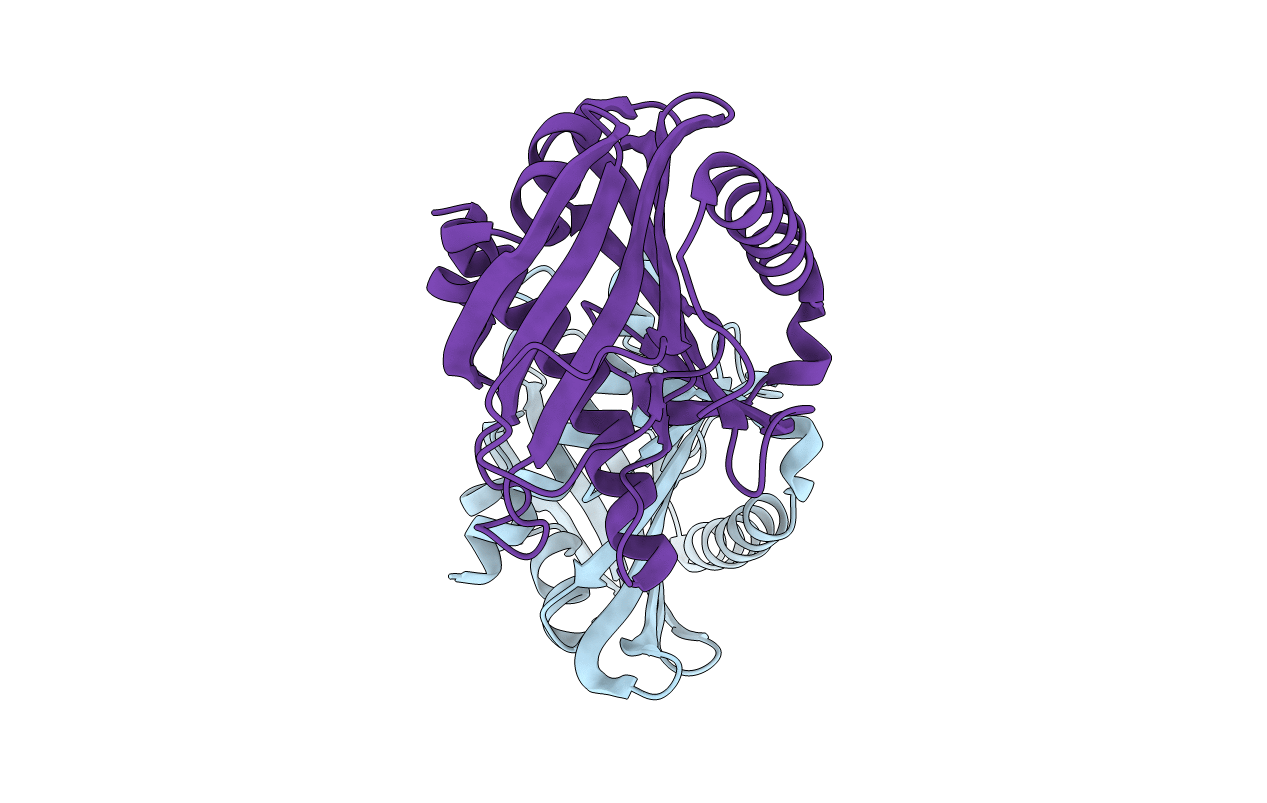
Deposition Date
2015-05-31
Release Date
2015-07-22
Last Version Date
2023-09-27
Method Details:
Experimental Method:
Resolution:
2.00 Å
R-Value Free:
0.22
R-Value Work:
0.18
R-Value Observed:
0.19
Space Group:
P 1 21 1


